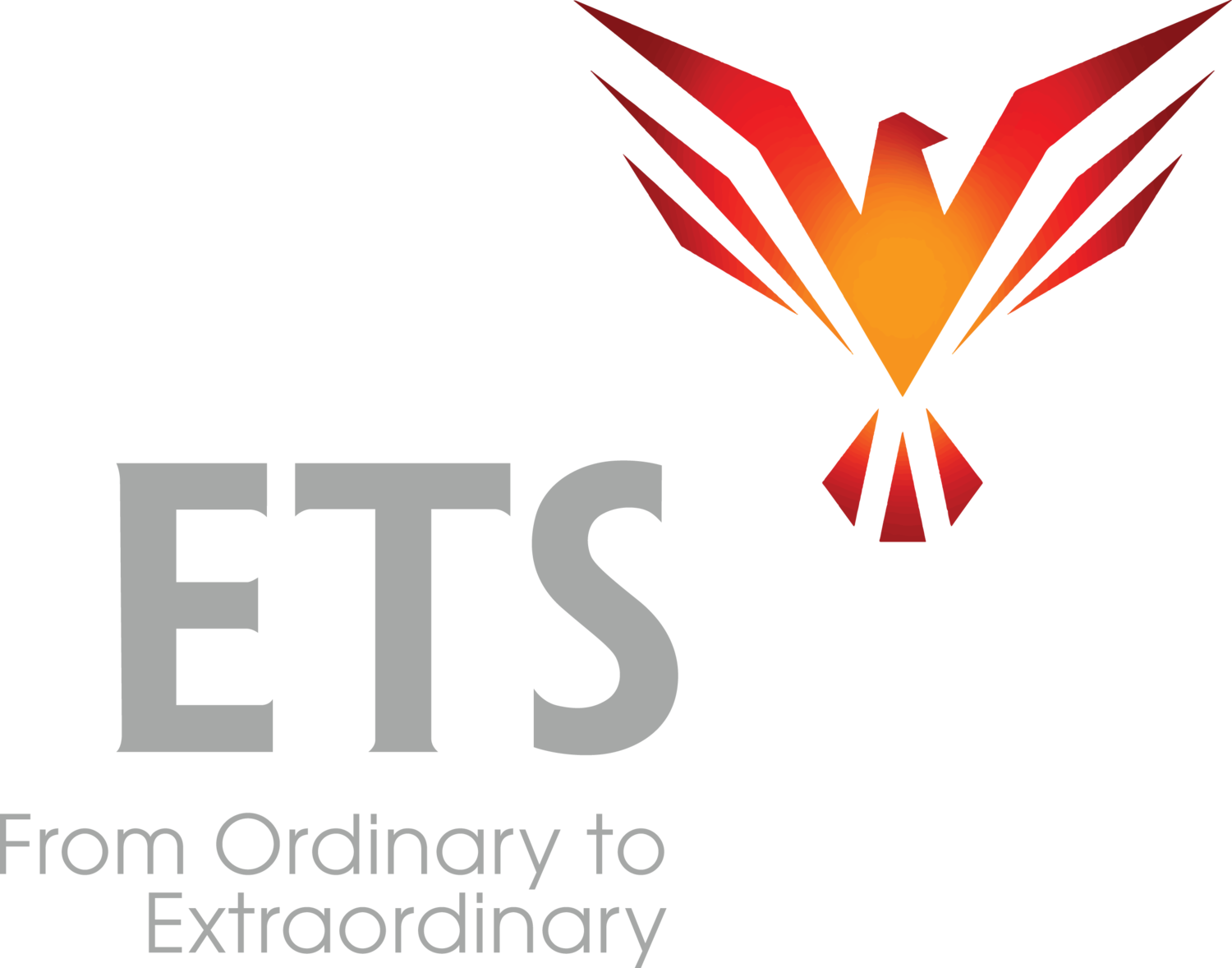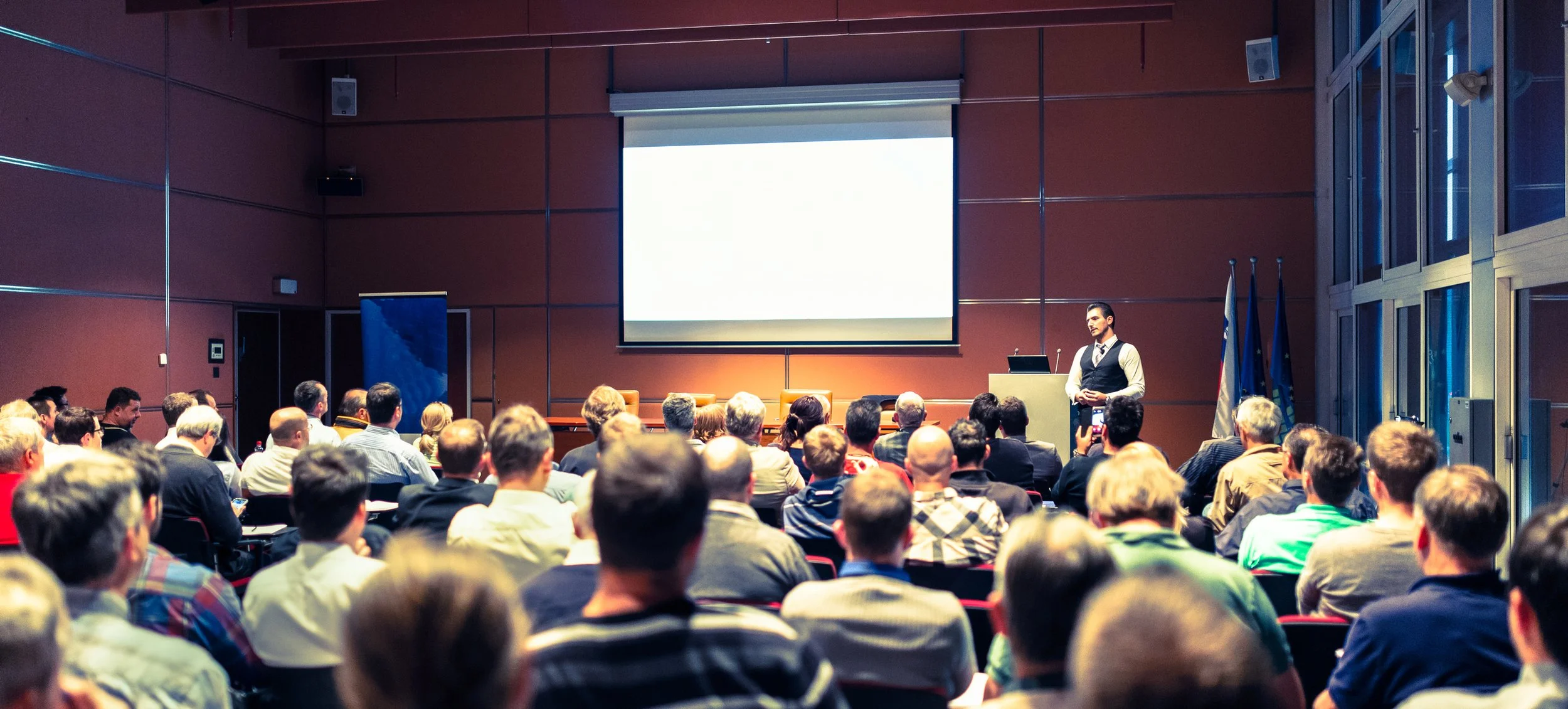“I don’t know if it’s possible, but I would like to be captivating.”
This came from Jeffrey who sounded like it would never happen. He was telling me his goals at the start of the presentation skills workshop for senior execs their CEO had arranged. Jeffery is in Finance and no one would have described him as captivating.
Alan, the senior exec over Engineering, said, “Me too.”
The rest of the group all nodded, they wanted that too.
They all did their “Before” videos. They came across as brilliant, smart, experienced. None of them was captivating.
They looked at me hopefully.
By the end of the training, they were each not only captivating, but irresistibly compelling, and even charismatic. They came across as true leaders.
I’m going to talk to you about one of the things they learned that contributed to their transformation.
Take a moment and think back to the last presentation you gave. Recall what you had your attention on as you were speaking. What was it?
Most people would say that while they are speaking, their attention is focused on what they are saying and making sure that they are coming across well. Many would say they have a lot of attention on their slides. Most would say that when they finish, THAT is the point where they pivot their focus to the audience. At the very end.
Throughout their presentations, they GLANCE at their audience, glances quick and fleeting.
It’s only when they finish speaking, that they turn and grace the audience with their attention.
A vital principle regarding attention is that it communicates importance. Imagine that you’re talking to me and I’m only looking at my phone. It communicates that what’s on my phone is more important than you. If I’m constantly looking over your shoulder to see who else is in the room, I’m communicating that others are more important than you are.
If I’m giving you my full attention, I’m communicating that you have importance. See if you can recall a time someone was intensely paying attention to you. You were important to them in that moment. Think of a time someone was openly ignoring you. Contrast how you felt in these two situations.
The intensity of attention precisely equals the level of importance. Low intensity of attention = low importance. High intensity of attention = high importance. This is one way we know how important we are to another person and how we communicate their importance to them.
Most people are aware of this when they’re listening, they already have the idea that you’re supposed to pay attention to the person you’re listening to. They don’t always do it, but they know they’re supposed to.
What most people don’t realize is that you’re also supposed to do it while you’re speaking.
This is a huge learning for clients in all of our classes. They all tell me, “It’s hard.” It’s not their habit. They’re used to looking away while they’re presenting, or looking “at everyone all at once” so they don’t really clearly see each individual, or looking at their slides. It takes practice and coaching.
The benefits are huge.
One of the many good things that happens is that, when you put your full attention on someone, it very naturally draws their attention to you. It only happens when you focus your FULL attention on them.
A person who can do this creates a powerful human connection with the other person. Or persons if they’re talking to an audience.
One reason this powerful connection happens is because, in order for them to connect with you, you have to BE someone they can connect to. If you are looking away, are even slightly thinking about something else even though you are looking at them, or if you are only half there mentally, which is extremely common, you are not sufficiently THERE to be connected with. When you focus your FULL attention on someone and you’re FULLY aware of them, you BECOME someone that others not only can and do fully connect with, you become someone they’re powerfully drawn to.
This is hugely important in all communication. And it’s something most presenters want.
How does it relate to audiences?
Most people giving corporate presentations are not skilled at looking at their audience while they’re speaking. Intellectually, of course, they know the audience is important, but most presenters don’t have their full attention ON the audience while they’re speaking. They GLANCE but don’t LOOK.
And when you are focused on what you have to say or think what you’re saying is VERY important, and you don’t have the full force of your attention on the audience, you’re treating the audience like what the audience is less important than what you have to say.
In your next presentation, put your full attention on the audience as you’re speaking. Notice them, be aware of them, be interested in them. Don’t have any attention on yourself. The definition of “self-conscious” is “too much attention on self”. Stop watching yourself and being careful about how you’re coming across. Focus on them as you speak, really LOOK at them, SEE the individuals while you are speaking. You’ll be amazed at the results.
This is challenging when you’re virtual and they have their cameras off. You have to realize that even if they have their cameras off, there’s a human there. Put your attention on them even if you can’t see them.
Don’t worry about being perfect. Just do it. You’re going to find that it makes a remarkable change in how you present.
The senior execs in the story above, at the end of the workshop when they were watching the contrast between their “Before” and “After” videos, they each said, “I can’t believe it. Total transformation. I understand why this workshop is called Transforming Your Presentation Skills.”
Our clients have been calling it that for years, they named it. It creates a transformation into being compelling and captivating, irresistible, and in many cases, even charismatic. I hear from them weeks later, months later and even years later telling me they’re using what they learned and that it’s reliable and keeps working for them.
If you want to captivate your audience, being able to give them your full attention while you’re speaking is the skill you want to develop.
Be the cause!

